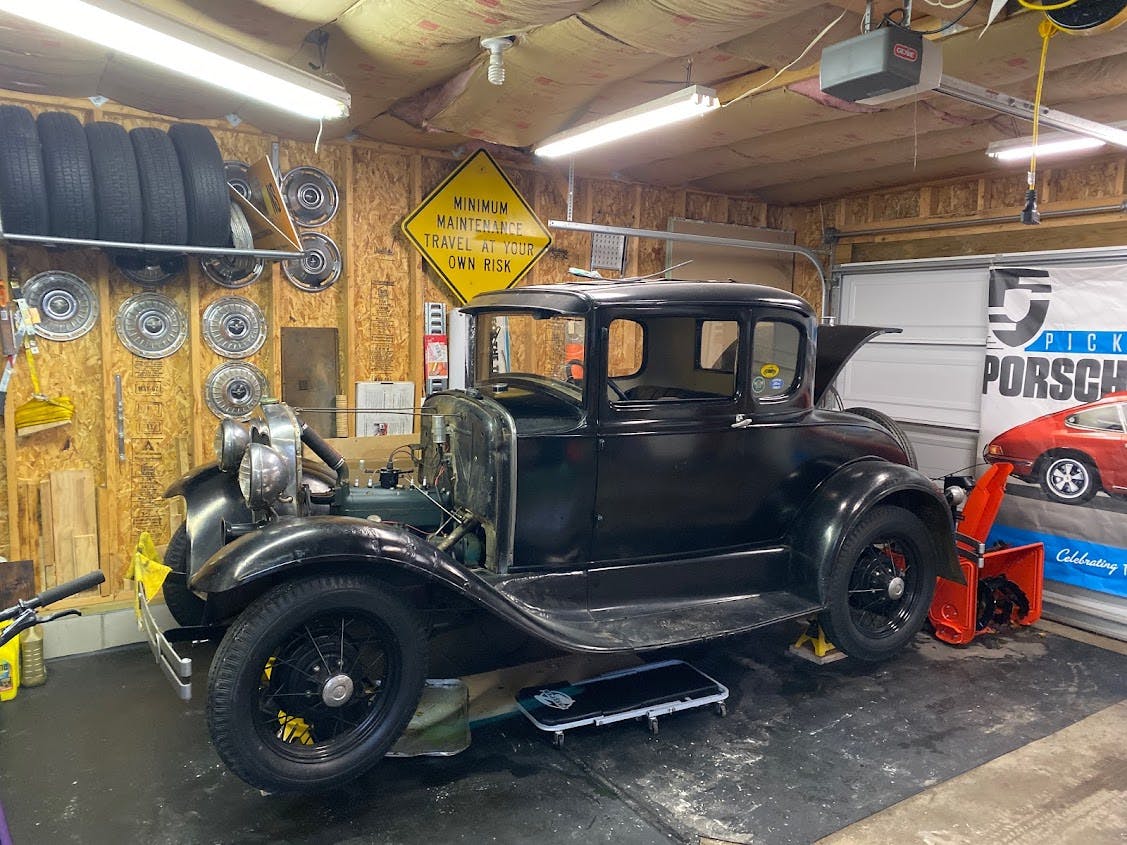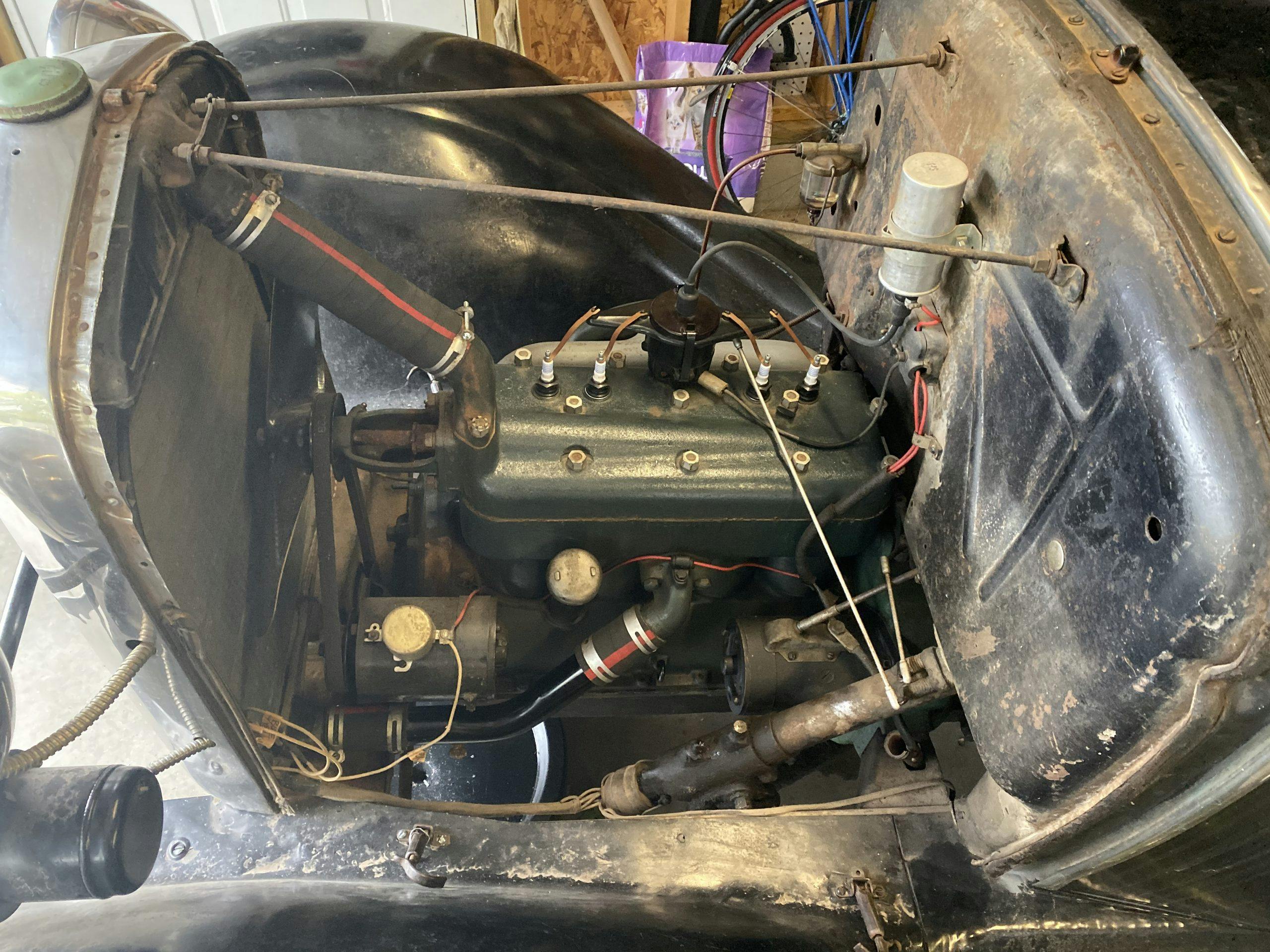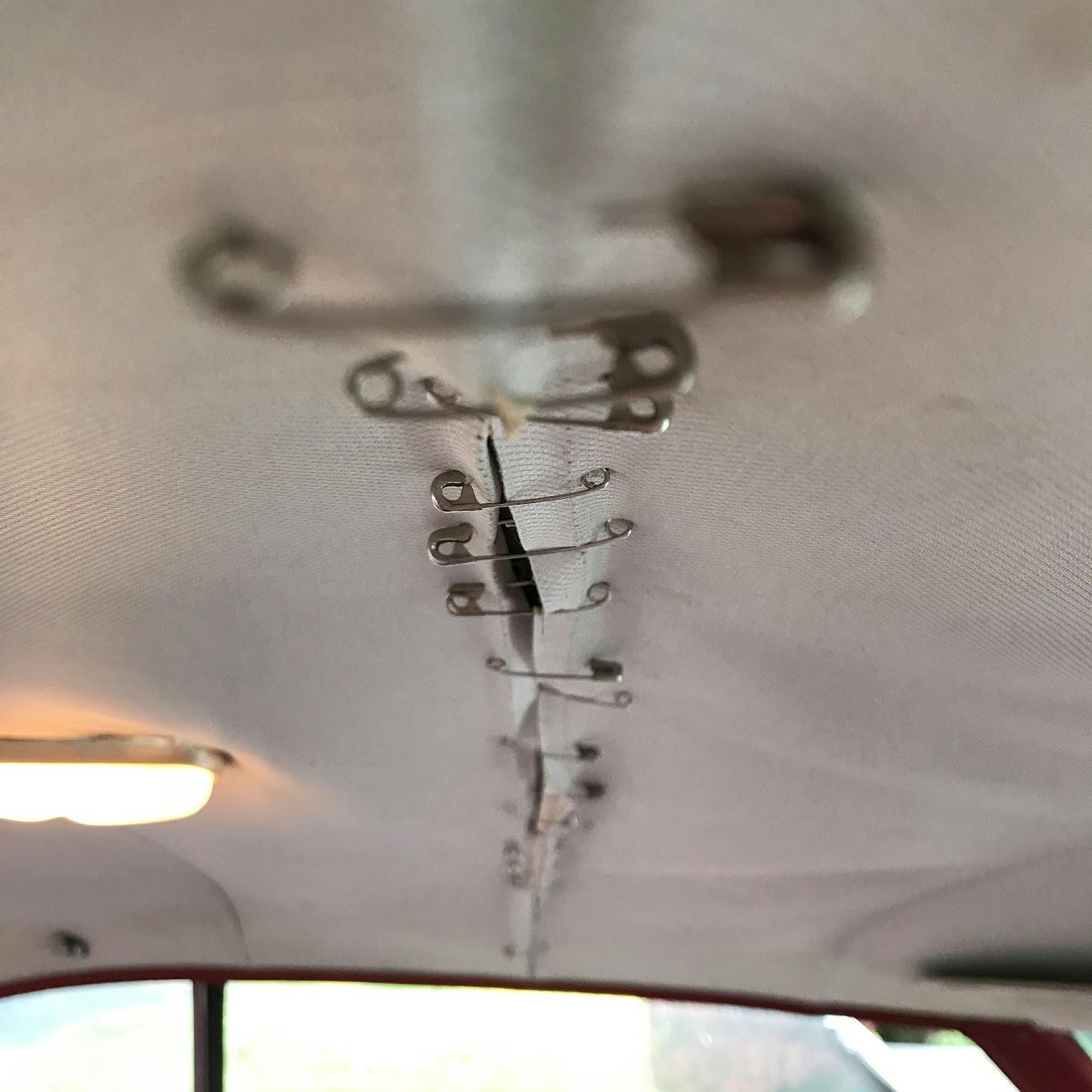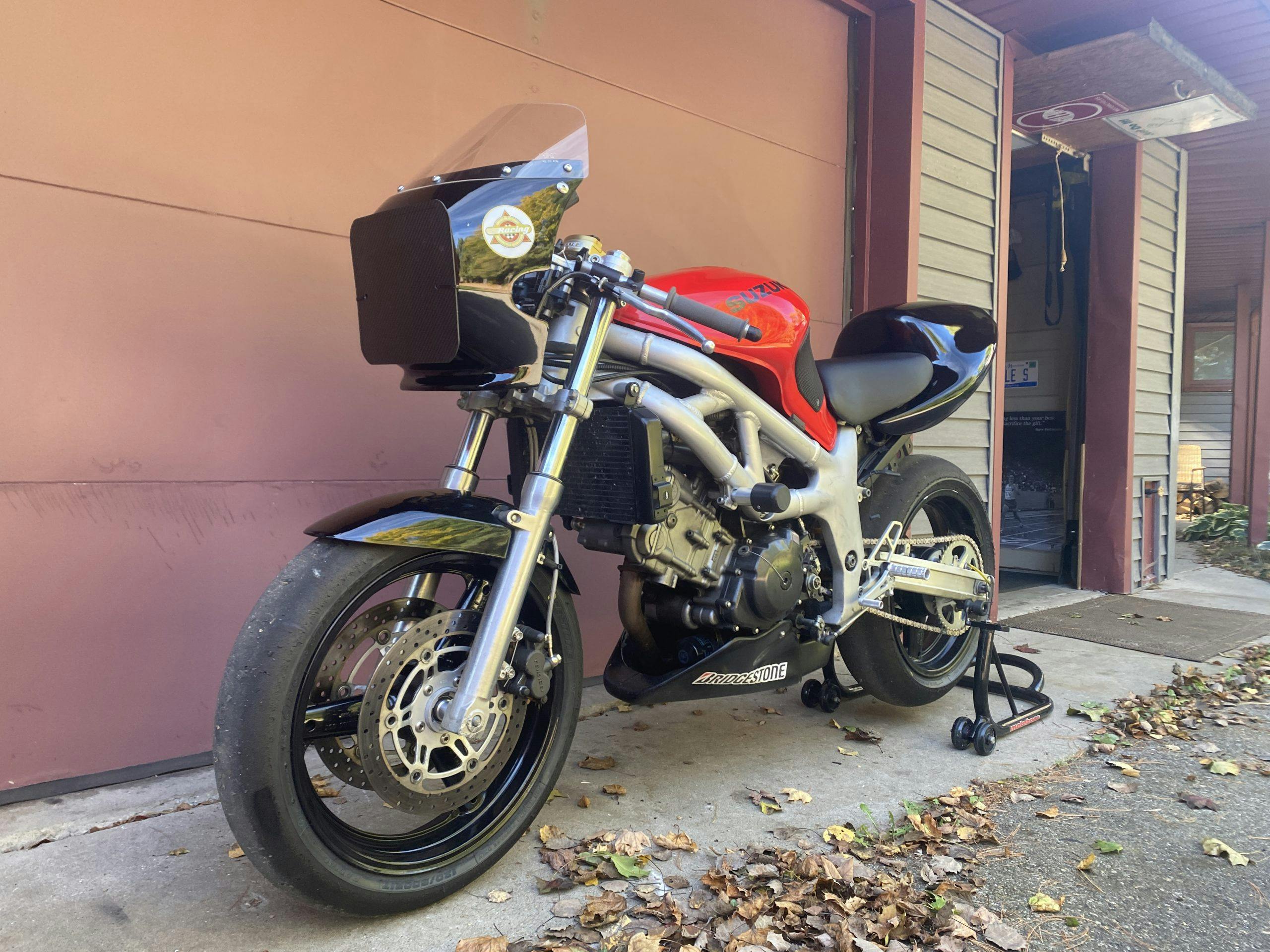Media | Articles
Let’s talk about the 4 levels of project car
Project cars and motorcycles are funny things. Without focus and self control, it is easy to watch your bank account vaporize while somehow making a fraction of the progress you had planned or expected. At the other end of the spectrum, it’s easy to just get a pile of parts running and call it good enough. Two steps fall in between. Here are the four levels of project cars:
Enough to be safe, and that’s it
Not every car needs a restoration. Some just need a little tune-up fiddling and a few safety items before being driven and enjoyed. My Model A Ford is a prime example of this. There was a weeks-long debate in my head over what to do with this black coupe when I finally took ownership a few years ago. The parts that make it interesting are also items that would disappear if I did anything but light touch work on it. The humble 200-cube four-banger runs surprisingly well for something that was plucked from a junkyard over 50 years ago and has received nothing but oil changes since. The brakes however, were bad. Until three weeks ago, this coupe still wore factory-stamped steel brake drums, which fade faster than Toyota paint in the Arizona summer sun. We all agree how important brakes are, so I upgraded to proper cast drums, which work astonishingly well once adjusted properly, especially with the new tires that went on at the same time. Those drums and tires, plus replacing a handful of pivots, shoes, and brake tracks is about all the Model A will get for the foreseeable future. The car doesn’t need a restoration, and frankly, I don’t want to do a restoration.
Only some things, mainly focused on keeping it running well
The vast majority of project cars live in this phase for a very long time. Safe to say most vintage cars are here too. The 1965 Corvair Corsa is a prime example. The door panels are dingy, the headliner is safety pinned together, and there is a squeak in the front suspension that just never seems to fade. Could I drop the money on all fresh interior bits and spend an entire weekend rebuilding the front suspension? Of course, but the car drives safe and well as-is. That squeak exists despite the new bushings, springs, and other hardware I installed years ago and has been inspected by a professional shop multiple times when getting alignments. The interior received new carpet and seats, but I don’t tend to look at the doors or headliner much, so I chose to leave those alone. Maybe one day, but for now the focus is driving the car rather than making it perfect.
Anything it needs, and some things it doesn’t
This is where my SV650 race bike lives. As a track bike it is critical to never leave something to question. What is OK for the street is not OK for the track, as failures have both higher and lower consequences. Yes, there are runoff areas and safety crews, but having a bolt back out or leak start at wide-open throttle exiting a fourth-gear corner is not the same as a small amount of oil or rattle appearing while cruising through downtown. If only for my mental stability, this bike gets maintained to a different level. A prime example is the fork seals I am in the midst of installing. On the way home from a race weekend in Kansas, I found a small run of oil on the right fork leg. Now the forks are off and both sides are getting fresh seals and wipers, along with a fluid change. The chain was also starting to get tired, along with being improper length for the gearing range I’ll see at the tracks I run. Could I have shortened the chain on the bike and made it through the rest of this season? Maybe. Having seen what happens when chains fail, it’s not worth the risk to me though.
No expense spared

This is a realm I don’t get to play in. It’s rarified air. These cars exist, and theoretically I could sell all but one of my toys and make that last one a no-expense-spared project, but what’s the fun in that? Variety is the spice of life.
Marketplace
Buy and sell classics with confidence
This type of project seems reserved for serious passion projects and award-winning restorations. Talking with top-tier restoration shops, these clients are few and very far between, and even if a person says they want to do a “no expense spared” build, the target quickly changes after things start rolling. A budget serves for more than keeping track of money, it also ensures that things are done in a timely manner and the project doesn’t just drag out forever.
Where do your projects and beloved cars fall on this four-place scale? Or maybe you think I missed a fifth option? Tell us about it in the Hagerty Community below.






























